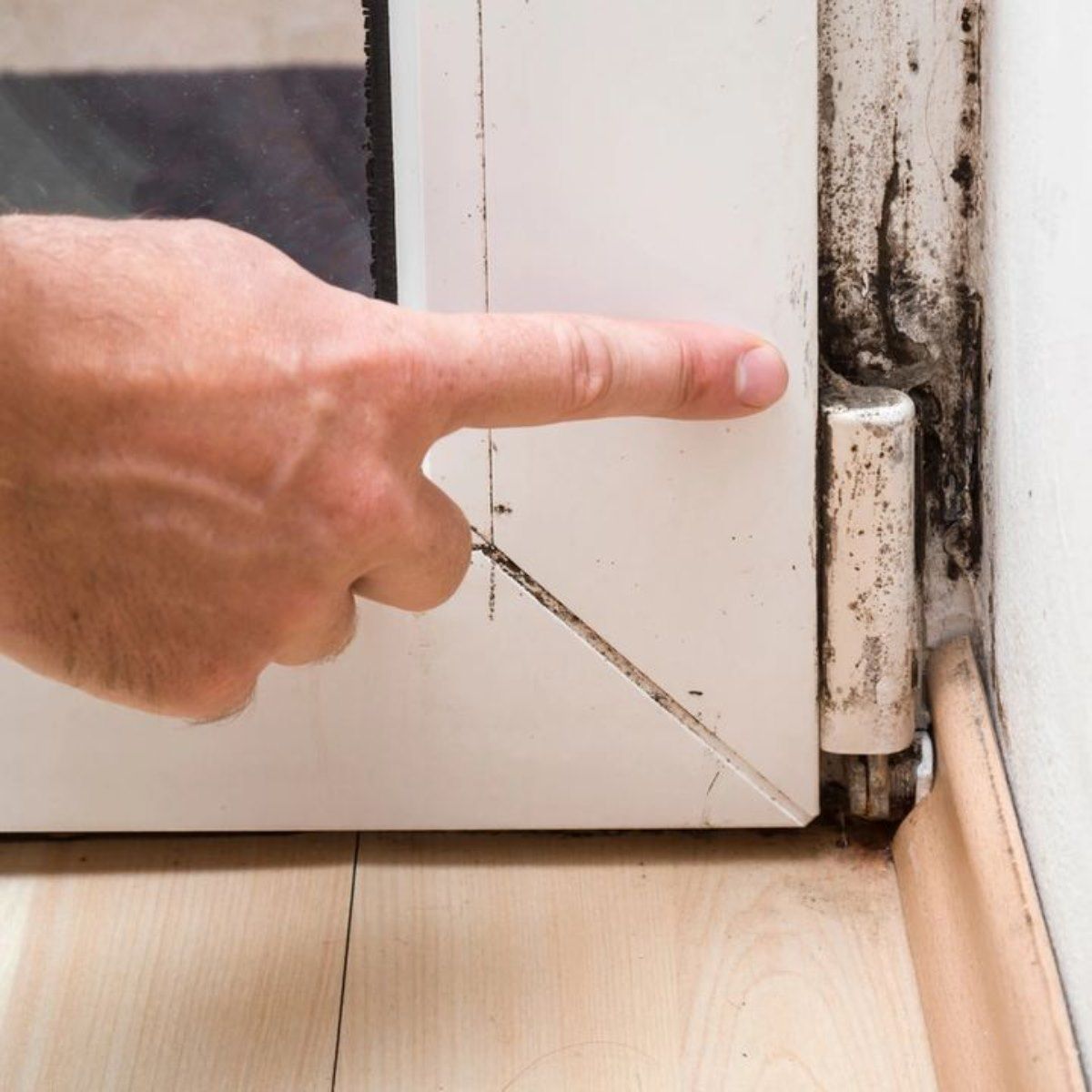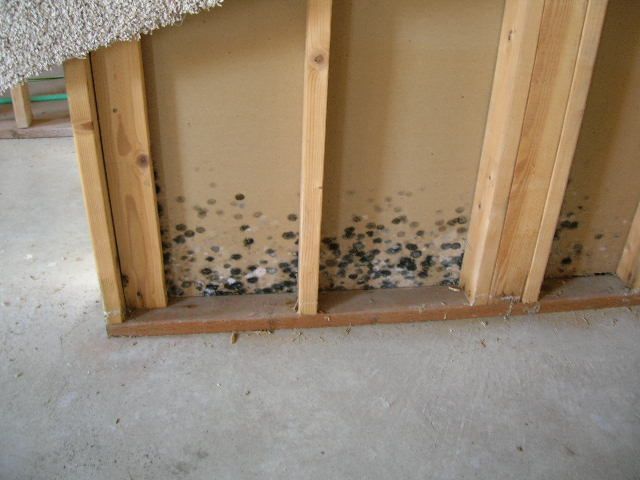Hidden Mold Often Grows Long Before It Is Detected
Hidden Mold Often Grows Long Before It Is Detected

Musty smells? Headaches? Brain fog? It could be more than just your imagination.
One of the most frustrating things about mold is that it often hides—and thrives—long before it's ever found. For people with autoimmune conditions or chemical sensitivities, the symptoms of hidden mold exposure can feel debilitating:
persistent headaches, anxiety, cognitive issues, respiratory problems, and more.
Here’s a real-life story shared by one of our clients:
CLIENT’S EXPERIENCE:
“Hey all! We’ve started noticing a strong musty, mildew-like smell when entering our house. We recently had a new HVAC system and water heater installed, and we suspect our neighbor’s unit might be leaking into ours. A mold expert came out back in June and found just a few small spots, which were supposedly mitigated.
But the smell is back—and it’s overwhelming. I have autoimmune diseases and am very sensitive to environmental changes. The odor is causing me headaches, anxiety, panic attacks, and extreme brain fog. I use a HEPA filter and an AirDoctor in my room, and I’m working with a functional medicine doctor. I didn’t think mold was still an issue, especially after clearing parasites, Candida, and heavy metals.
Any suggestions or thoughts?”
AMI’s Response: What You Can’t See Might Still Be There
First off, I’m not a doctor and can’t speak to your medical diagnosis. But after 20 years in mold inspection and indoor environmental consulting, I can confidently say that if you're smelling mold, it's still present—somewhere.
You mentioned a neighbor, which suggests you may live in a condo or apartment. In shared buildings, it's very common for mold in one unit to affect adjacent units through walls, shared ductwork, or plumbing systems. We've seen many cases where one unit is professionally remediated—only to be recontaminated by a neighboring unit shortly afterward.
There are also other possibilities:
- The previous inspection may have missed hidden mold, especially in places like behind walls, under cabinets, or in HVAC systems.
- The water intrusion issue may not have been thoroughly dried, creating the perfect environment for new mold growth.
- Even if remediation was done properly, if the source of the problem wasn’t resolved, mold could return—and fast.
Here’s an example:
In a similar situation, a client complained of persistent odors. The initial inspector said there was no mold. However, when we tested the air, we found
spore levels were off the charts. The remediation team eventually removed a cabinet... and behind it, hidden mold had been growing unchecked for months—possibly longer.
What You Should Do Next
If you're experiencing ongoing symptoms or unexplained odors, take action:
✅ Hire a certified mold inspector with experience in shared living environments. Make sure they perform thorough air sampling and moisture testing—not just a visual inspection.
✅ Request laboratory-based air sample analysis. This will tell you what you’re actually breathing, including spore types and concentrations.
✅ Work with a knowledgeable medical professional—ideally a toxicologist or immunologist—who understands mold-related illness.
Bottom Line: Trust Your Senses, Then Get the Facts
If your home smells moldy, feels off, or makes you sick, there’s a reason. Hidden mold doesn’t always make itself obvious until it’s causing real problems—for your property and your health.
The good news? With the right testing and professional oversight, you can identify the problem, correct it, and start healing.
Need help getting started?
Contact AMI for certified mold inspections, air sampling, and remediation oversight. We’ll help you get clear answers—and peace of mind.

